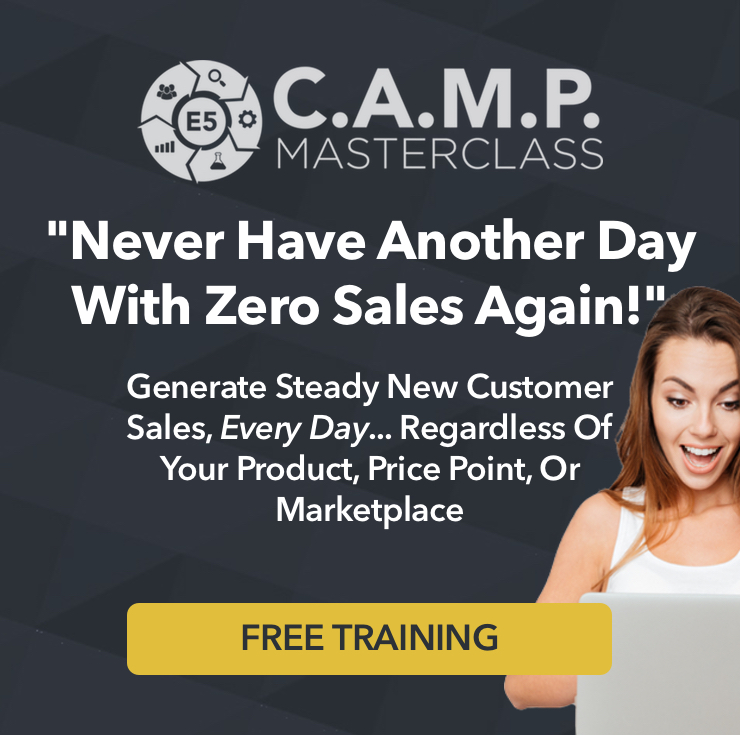I was a knucklehead and really didn’t know what I was doing.
It was almost 15 years ago. For $397, I had purchased a home study course on a marketing topic. It was a gigantic course and I learned a ton from it. It totally hooked me and brought me into online marketing.
So what did I do for my own first information product? Yep. I created a monster home study course and sold it for $397.
At the time, everyone else was selling digital download PDFs (this was before Kindle). You could buy PDFs and other smaller digital products for $30, $29, or $39 at the most. A $50 product was unheard of.
Me? I followed the model of something I liked, and, like a knucklehead, I started out with a $397 home study course. In retrospect, it was the best thing I could have ever done. I learned some valuable lessons.
Here are the 12 highly powerful, highly coveted and highly proven Marketing Maps we are using inside our own business!
These maps can transform your business, and even your life!
First, I learned you can use the market as a judge – as a measuring stick – but if you are operating in an unsophisticated market – from a direct response point of view – one of the easiest ways to grow your business is to raise your prices.
I don’t mean unsophisticated prospects; I mean unsophisticated marketers. When your competitors clearly haven’t tested the price, you are competing against unsophisticated marketers.
Second – and I get asked this question all the time – I do recommend, when possible, starting your funnel with a high-priced product instead of a low-priced product.
Truth be told, however, there are certain situations when one is more appropriate than the other.
If you are a more-experienced, savvy marketer who has created marketing funnels before, then definitely, start with a higher-priced product.
On the other hand, if this is your first funnel, start with a lower-priced product. It requires far less complexity in the funnel, there are fewer steps, less EBM content, and you need to do a lot less selling. And it gives you a taste of victory a lot faster.
Now if you start with a higher price, it doesn’t mean that you never get the opportunity to present a lower-priced product. It just means you take the cream off the top, and you get to do it right away.
Not only that, but it’s a lot easier to get to break even on a traffic campaign when you’re selling a $400 product compared to a $40 product. It only takes one sale.
Your product, “light”
So after you start with the high-priced product, what do you do next?
For the people who don’t buy right away, you roll out a payment plan. Then for the people who don’t take that offer, you roll out a lower, streamlined version of your product. Call it the “light” version, or strip it down and rename it. Then you can go down as low as you want. It’s a new offer.
If you are currently selling one or more products successfully, but you haven’t tested the price, then you have no idea what the market threshold is. We have even found sometimes that we can charge 20% to 30% more and it actually bumps conversions!
It’s possible that a product at $97 will sell better than at $67. This means it’s possible that one of the easiest ways to grow your business might just be to raise your prices.
Why do the conversions go up? We can speculate, but it doesn’t necessarily matter why. At the end of the day, it’s just about numbers.
So take it from this knucklehead. If you can handle a little funnel complexity, your first offer should start out high.



